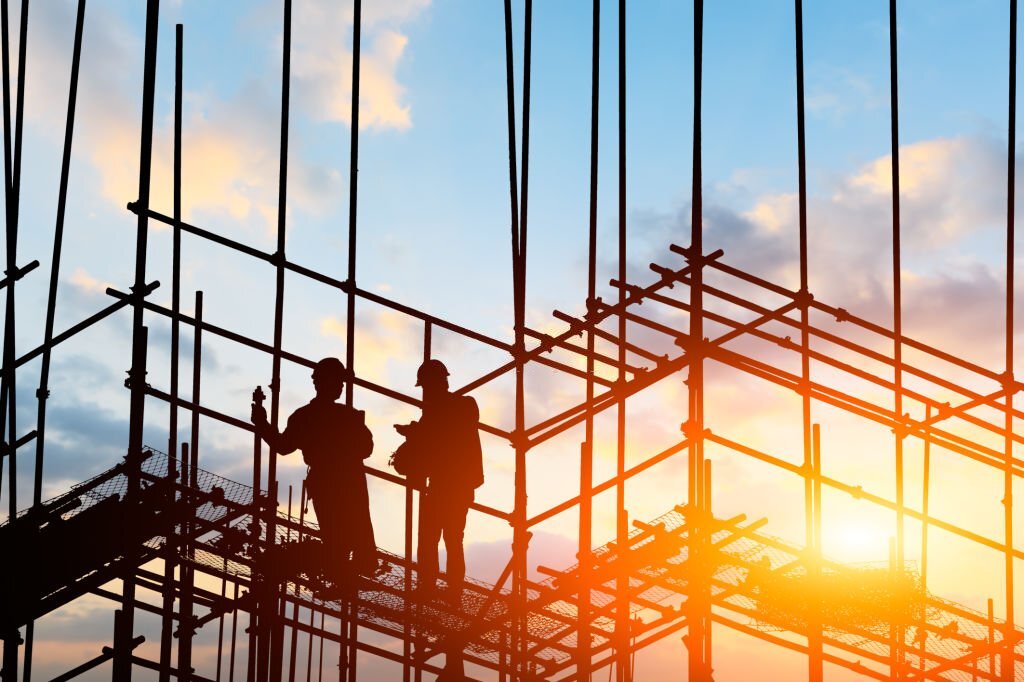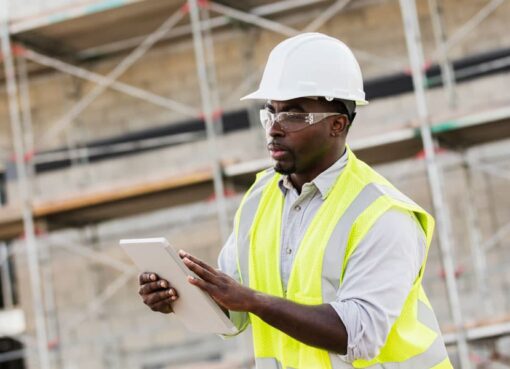Introduction
In recent years, sustainability has become a key consideration in the construction industry. As the world grapples with environmental challenges, integrating sustainable practices into building design and construction has become crucial. Key players within the industry are increasingly becoming aware of the impact that construction projects have in the community and the world in general. Project Managers in the construction industry have therefore implemented sustainable practices so as to have enable impactful change in the community. As a result, Building Information Modeling (BIM) has emerged as a powerful tool that can significantly contribute to sustainable construction practices. So, how does BIM aid project managers achieve sustainability?
1. BIM Enhances Design Efficiency
BIM enables architects and engineers to create more sustainable designs by facilitating a collaborative and data-driven approach. The software allows for the integration of multiple design disciplines and provides a platform for real-time collaboration. This approach ensures that there is minimal environmental waste by utilizing computer software instead of papers and plastics, which are non-biodegradable. This not only reduces material waste and eliminates pollution but also improves the efficiency of design processes. Ultimately, this leads to optimized building performance and energy conservation.
2. BIM Enables Efficient Energy Analysis and Performance Optimization
Project Managers in the construction industry are constantly on the lookout for avenues that would help them gauge their energy use. Building Information Modeling has therefore emerged as a revolutionary technology in this aspect. It enables accurate energy analysis and performance simulation throughout the design phase. It can map areas and sections that are using a lot of energy, how much energy is being dispensed and which sections are energy-deficient. These insights can help in identifying energy inefficiencies, assess different design alternatives and optimize building performance. This proactive approach allows project designers to make informed decisions regarding energy-efficient systems, materials, and strategies. This aid in sustainability by reducing the carbon footprint of the building.
3. Waste Reduction and Material Efficiency
One of the key rationale for sustainability is waste reduction. Waste reduction is also where BIM thrives in. One of the significant benefits of BIM is its ability to minimize waste and enhance material efficiency. Basically, it enables project teams to accurately estimate material quantities, track inventory and optimize construction processes. This reduces wastage through over-ordering of materials, eliminates rework and minimizes construction waste. This therefore promotes sustainable construction practices.
4. Lifecycle Analysis and Building Management
Sustainability best practices should go beyond the construction phase only. BIM extends its sustainability impact far beyond the construction phase by supporting lifecycle analysis and building management. The software can integrate with facility management systems, allowing for efficient building operation and maintenance. BIM’s data-rich model provides valuable information on the performance, energy usage, and maintenance requirements of a building, enabling facility managers to make informed decisions for sustainable building operation.
5. BIM Improves Collaboration and Communication
BIM promotes collaboration among project stakeholders, including architects, engineers, contractors and owners. Through the shared BIM model, all parties can access accurate and up-to-date information, thereby fostering effective communication and coordination. This collaborative environment ensures that sustainable design objectives are communicated and implemented throughout the project lifecycle, resulting in better outcomes for sustainability goals.
6. Renovation and Retrofitting
BIM’s sustainability application extends to its renovation and retrofitting roles. Renovating and retrofitting desolate and derelict buildings to high quality standards is an essential part of sustainability best practices. By utilizing laser scanning and point cloud technology, BIM can accurately capture the ‘as-built conditions’ of a building. This data can then be incorporated into the BIM model, enabling designers to assess energy performance, identify retrofit opportunities, and optimize building systems for improved sustainability.
Read: Understanding Building Information Modeling
Summary
Building Information Modeling (BIM) has revolutionized the construction industry by providing a comprehensive and collaborative platform for sustainable design and construction. Through enhanced design efficiency, energy analysis, waste reduction, and improved collaboration, BIM plays a vital role in achieving sustainability goals. As the industry embraces sustainable practices, BIM’s integration into construction processes becomes increasingly crucial in creating environmentally responsible buildings. By harnessing the power of BIM, the construction industry can contribute to a greener and more sustainable future.
How Project Managers Can Harness the Power of BIM
Indepth Research Institute (IRES) offers Seminars and workshops on BIM that will help you gain comprehensive knowledge of the software used for architectural drafting, modeling and visualization projects. These skills apply to other disciplines as well, including engineering, interior design, architecture, landscaping and product design. This therefore enables you to stand out in the highly competitive job market.
Do you want to harness the transformative power of Business Information Modeling and don’t know where to start? Register below and be knowledgeable in one of the most important technologies in the design and construction industries.
[wpforms id=”1678″ title=”true” description=”true”]
We have a firm belief that every organization has a unique purpose only they can fulfil in this world. We work with you in organizing your resources to exploit opportunities so that you can fulfil your purpose and realize full potential. We build the capacity of people, processes and systems for organizational success and growth as well as nurturing a thriving ecosystem.
Ready to enhance your skills and boost your career? Explore our corporate training programs now and start your journey to success.








Comment here